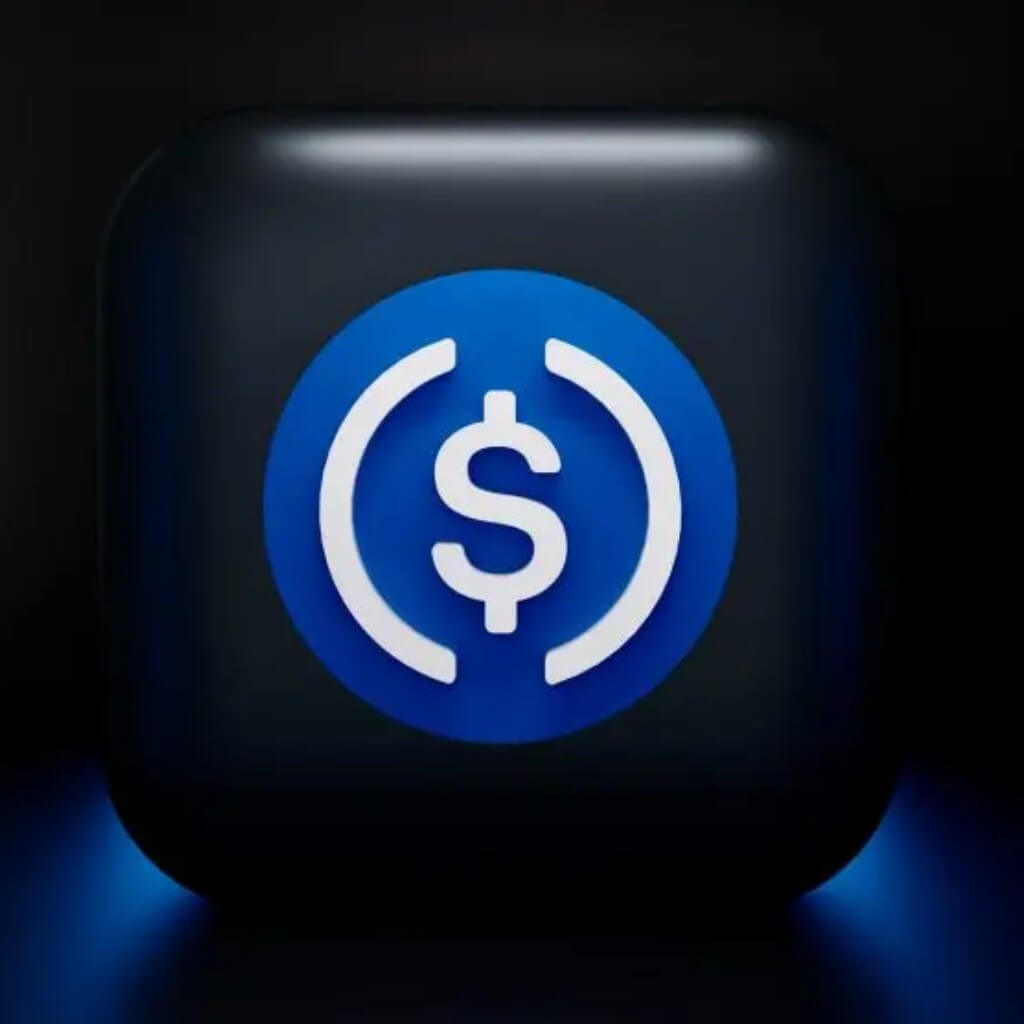Circle, the issuer of the USDC stablecoin, has extended its reach by launching on the Polkadot network. This development not only amplifies the stablecoin’s interoperability but also provides Polkadot’s ecosystem with a robust financial tool.
A new home for USDC: Polkadot asset hub
Circle announced the issuance of its native USDC stablecoin on the Polkadot Asset Hub, a system parachain designed for asset management within the Polkadot ecosystem. The integration allows for the seamless transfer of USDC to various application-specific blockchains, known as parachains, via the Cross-Consensus Message (XCM) protocol. This means that all interconnected parachains and their users can now access USDC, which maintains a 1:1 peg with the U.S. dollar.
Polkadot-based projects such as Centrifuge, HydraDX, and Moonbeam have already incorporated USDC as their primary stablecoin offering to users.
USDC’s growing footprint across multiple blockchains
The Polkadot integration marks the latest in a series of expansions for USDC, which is the second-largest stablecoin by market capitalization, boasting an aggregated value of $26 billion. Prior to this, USDC was natively available on several other blockchains, including Ethereum, Solana, and Tron, among others. The stablecoin’s presence on Polkadot aims to facilitate low-cost payments while enabling trading, borrowing, and lending on parachains like Centrifuge, HydraDX, and Moonbeam.
Circle has provided specific guidelines for users and developers who wish to utilize Polkadot’s USDC. According to the company, transfers must be initiated from a Circle Account to an external Polkadot Asset Hub wallet address before utilizing the XCM protocol. Additionally, users are advised to revert any USDC transferred from other parachains back to the Polkadot Asset Hub before depositing it into their Circle Account, as failure to do so could result in the loss of funds.
The move comes as Polkadot, launched in 2020, continues to establish itself as a network of multiple independent blockchains, or parachains, operating in parallel for faster transactions while benefiting from the network’s overall security and decentralization. With this latest addition, USDC now supports a total of 14 different blockchain networks, surpassing its closest competitor, Tether (USDT), which currently supports 11 networks.
In summary, Circle’s decision to launch USDC on Polkadot signifies a strategic expansion that not only enhances the stablecoin’s interoperability but also enriches the Polkadot ecosystem with a reliable financial instrument.




